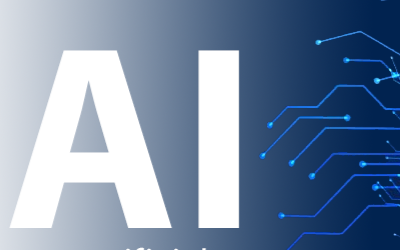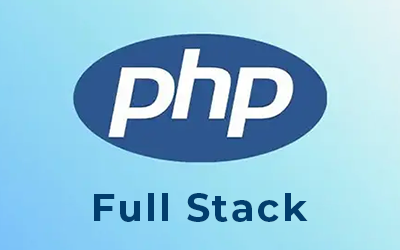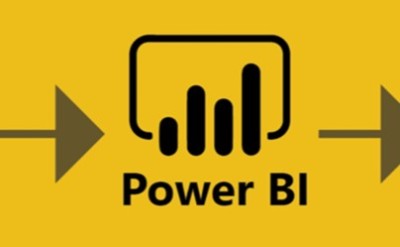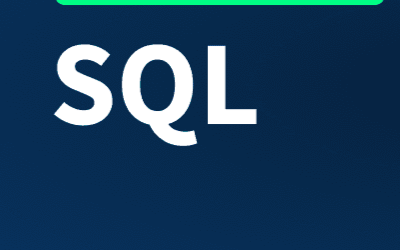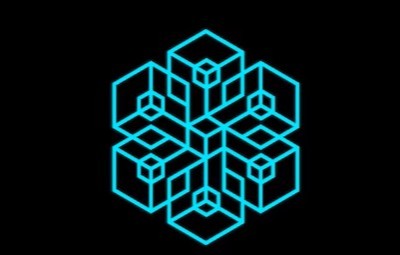Course description
Highlights:
- Introduction to Data Science: Understand the fundamentals of data science, including the tools, techniques, and methodologies used in the field. - Data Wrangling and Preprocessing: Learn how to clean, transform, and prepare data for analysis. - Statistical Analysis and Probability: Gain knowledge in basic statistics, probability theory, andhowthey apply to data analysis. - Machine Learning: Explore various machine learning algorithms such as linear regression, decisiontrees, clustering, and neural networks. - Data Visualization: Learn how to visualize data using tools like Matplotlib, Seaborn, and Tableaufor
effective communication of insights. - Big Data and Data Engineering: Understand how to handle large datasets, and work with Big Datatools such as Hadoop and Spark.
Course Objective:
By the end of this course, you will be able to: - Clean and preprocess data for analysis, ensuring data quality. - Apply statistical methods and probability theory to draw insights from data. - Build and evaluate machine learning models for prediction and classification tasks. - Visualize data using various visualization tools and techniques. - Work with Big Data tools and platforms to process large datasets. - Communicate data-driven insights effectively to stakeholders.
Course Structure:
1. Introduction to Data Science
- What is Data Science and its significance in today’s world?
- Overview of the data science workflow: Data Collection, Cleaning, Analysis, Modeling, andVisualization. - Introduction to Python and R for data science. - Key tools used in Data Science: Jupyter Notebook, Pandas, NumPy, Scikit-learn, and TensorFlow. - Understanding the role of a Data Scientist and different job roles in the data science field.
2. Data Wrangling and Preprocessing
- Introduction to data cleaning and preprocessing techniques. - Handling missing data, duplicates, and outliers. - Data transformation: Scaling, normalization, and encoding. - Working with different data types: Structured, semi-structured, and unstructured data. - Introduction to Pandas and NumPy for data manipulation and cleaning.
3. Statistical Analysis and Probability
- Introduction to statistics: Descriptive statistics, mean, median, mode, variance, and standarddeviation. - Probability theory and its application in data analysis. - Hypothesis testing and confidence intervals. - Understanding correlation and causation in data. - Statistical tests: T-tests, chi-square, ANOVA, and regression analysis.
4. Machine Learning Algorithms
- Introduction to machine learning: Supervised vs. unsupervised learning.
- Regression algorithms: Linear regression, logistic regression. - Classification algorithms: Decision trees, k-Nearest Neighbors, Support Vector Machines (SVM). - Clustering algorithms: k-Means, Hierarchical clustering. - Model evaluation: Cross-validation, bias-variance tradeoff, confusion matrix, precision, recall, F1score.
5. Deep Learning and Neural Networks
- Introduction to deep learning and neural networks. - Working with artificial neural networks (ANN) and backpropagation. - Understanding activation functions, gradient descent, and loss functions. - Building simple neural networks with frameworks like TensorFlow and Keras. - Introduction to Convolutional Neural Networks (CNN) and Recurrent Neural Networks (RNN).
6. Data Visualization and Communication
- Introduction to data visualization principles and best practices. - Visualizing data with Python using libraries like Matplotlib, Seaborn, and Plotly. - Creating interactive dashboards with Tableau and Power BI. - Storytelling with data: How to present findings to non-technical stakeholders. - Using visualizations to highlight key insights and trends in data.
7. Big Data and Data Engineering
- Introduction to Big Data: What is Big Data and its importance?
- Working with Hadoop and Spark for large-scale data processing. - Data engineering concepts: Data pipelines, ETL (Extract, Transform, Load), and database
management. - Introduction to NoSQL databases like MongoDB and Cassandra for Big Data storage.
- Real-time data processing with tools like Apache Kafka.
8. Capstone Project and Real-World Applications
- End-to-end data science project: From data collection to model deployment. - Applying machine learning to solve real-world business problems. - Working with real datasets to build predictive models. - Presenting the project and communicating insights effectively to stakeholders. - Portfolio development: How to showcase your data science projects.
Learning Methodology:
- Interactive Lessons: Learn through hands-on tutorials, coding examples, and case studies that
demonstrate the practical applications of data science. - Practical Projects: Apply your skills in real-world projects, from data cleaning and analysis tobuilding machine learning models. - Assessments and Quizzes: Test your knowledge and reinforce key concepts with quizzes andassignments. - Live Sessions: Participate in live Q&A sessions to clarify doubts, ask questions, and interact withinstructors. - Discussion Forums: Collaborate with peers, ask questions, and solve problems together in dedicateddiscussion spaces.
Who Should Enroll:
- Beginners who are interested in starting a career in data science. - Students or professionals with a background in statistics, mathematics, or computer science whowant to learn data science. - Developers or programmers who want to transition into the field of data science. - Business analysts or anyone involved in decision-making processes who wants to leverage datafor
better insights.
- Aspiring data scientists or machine learning engineers looking to strengthen their skills in datascience. This Data Science course will equip you with the skills to extract meaningful insights fromcomplexdatasets, apply machine learning algorithms, and visualize data for decision-making. Whether you'reentering the field or looking to advance your career, this course will give you the tools to becomeproficient in data science and contribute to data-driven solutions in any industry



